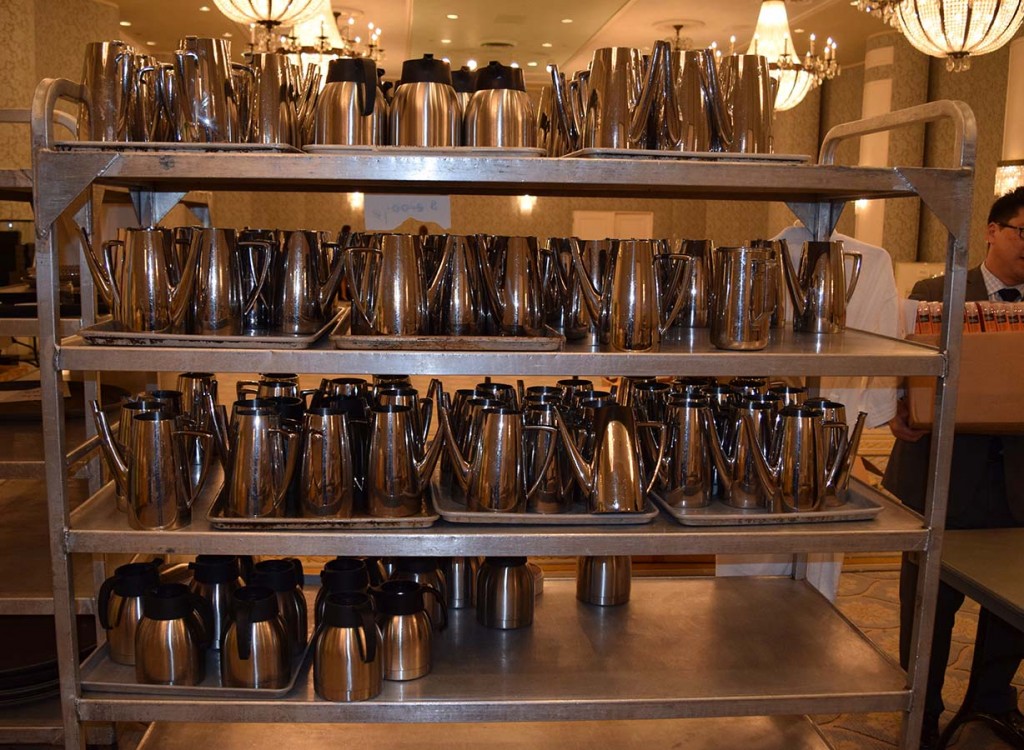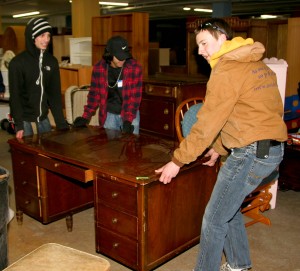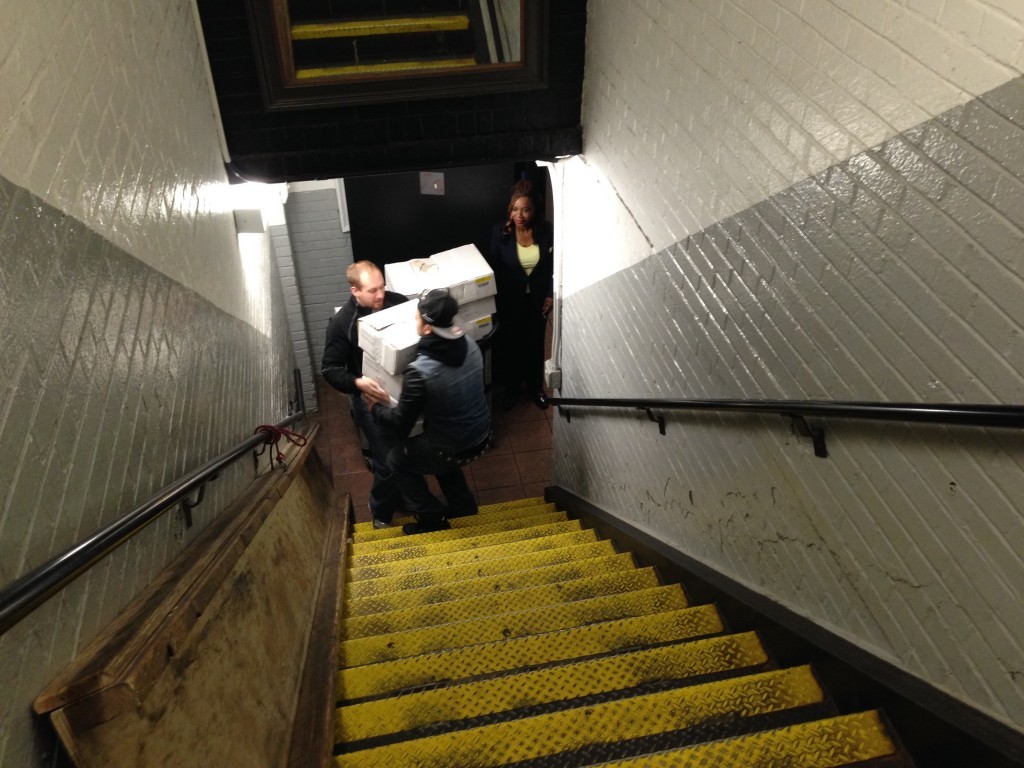
Businesses can reduce waste and keep materials out of the landfill by donating for reuse. Our guide explains how businesses can donate unwanted assets, even hard-to-place or bulky items like mattresses, fitness equipment, and old wallpaper. After all, these items are still useful. They just need to be matched to a new home.
Each year, over 100 million tons of material end up in landfills. This includes many reusable items from businesses that are renovating or clearing out their storage spaces. Hotels, in particular, regularly find themselves having to deal with hundreds of coffee makers, lamps, hangers, curtains, bed linens, and even bulky items like beds when they upgrade.
Instead of throwing away these assets, we strongly encourage businesses to donate the items for reuse.

By Donating For Reuse, You Will:
- keep reusable items out of the landfill
- help communities in need
- generate good will among staff and clients. Doing good is contagious and sustainable.
Added Benefits of Donating For Reuse Include:
- save money on waste disposal, hauling and storage costs (eg: for bulky items, electronics, and other materials that need special handling).
- get a tax deduction for charitable donations.


Donating For Reuse: Success stories
What can be donated for reuse? You might be surprised.
With just a little effort, even seemingly hard-to-place items can find new homes. We know because we have been helping clients avoid the landfill for years.
- We helped one client “recycle” an entire gym full of equipment.
- In San Francisco, we helped a hotel donate several thousand tons of old wallpaper!
- When one building did a spring cleaning of their office basement, we helped to coordinate the donation of old construction materials to a nonprofit for reuse.
- In Maryland, we facilitated the donation of furniture to a school.
- In NYC, we helped hotels place a discontinued line of amenities with the Rescue Mission.
- We even helped one hotel set up an ongoing partnership with a nonprofit that has helped the hotel by clearing out a host of items, including over 400 beds that are now serving people in need in shelters.
Donating For Reuse: 3-Step Guide For Businesses
1) CONNECT
Find and make connections with charities and organizations that can use the items you no longer need. You can do this in various ways:
- Through personal connections – think about who you know. Perhaps a professional contact at an industry association might have relationships with a charity. Perhaps a cousin or friend works at a nonprofit organization?
- Staff network – reach out to staff, tenants and colleagues for ideas and connections.
- Look at what’s nearby – like churches, community centers and schools.
- Research – sometimes matches are made just by calling around to charitable organizations. Do an online search. Look for resources from your local Department of Sanitation, like Donate NYC.
2) COMMUNICATE
Once you establish a connection, keep those communication lines open.
- Communicate clearly. Have pictures of what is available for donation, and make sure you know details like the quantity of items, when they are available, the location for pickup, etc.
- Establish a point of contact. Establish one point of contact on both sides – the donor and receiver.
- Be a patient go-between. Being the “glue” between donors and recipients can take time but the results are worth it every time.
3) COMMIT
- Do what you say. This carries a lot of weight on both sides of donor-recipient equation. It may also lead to a lasting, mutually beneficial ongoing relationship.
- Senior management support and buy-in is essential. Everyone needs to be on board.

Ready to start? Give us a call.
